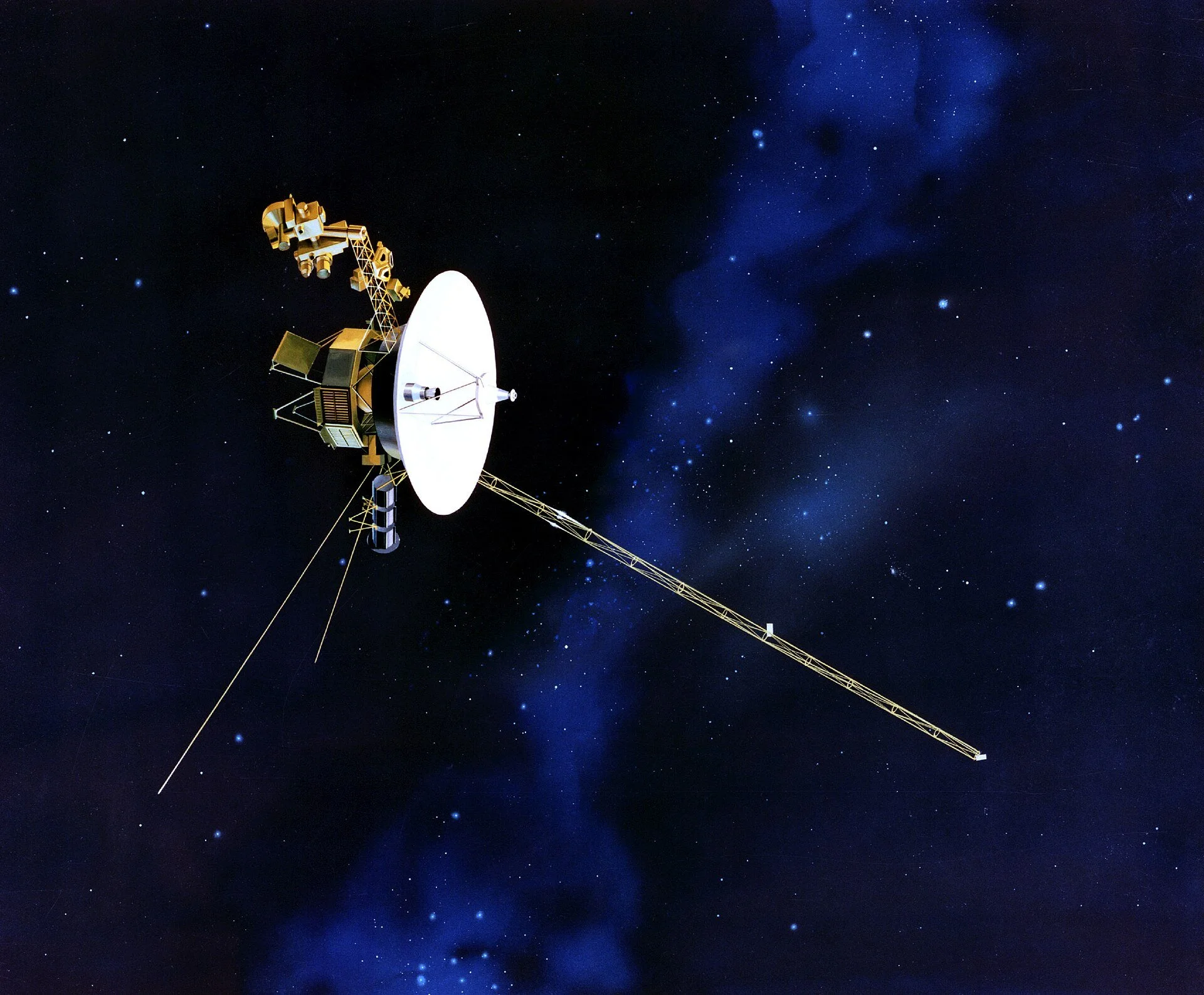
AI Q+A - Fields, Minds & Machines
A Q&A; on Tesla Coils, UAPs, Neo‑Feudalism, AI, and the Quest to Upgrade the Human Mind Compiled for Interest Magazine from a live conversation on GPT‑5.
Photo by Paul Skorupskas

Short Videos, Long-Term Damage: Why You Need to Disconnect from TikTok, Reels, and Shorts
A Generation Glued to the Scroll: Whether it’s first thing in the morning or late at night, many 25–35 year-olds find themselves bleary-eyed, endlessly swiping through TikTok, Instagram Reels, or YouTube Shorts. What starts as a quick dopamine rush from a funny clip often turns into an hour lost down the scroll. In fact, TikTok’s 1.5 billion users spend an average of 95 minutes per day on the app—hundreds of bite-sized videos consumed daily almost on autopilot. These platforms may masquerade as harmless entertainment, but they are engineered to hook our brains and rob us of time. It’s time to take a hard look at how this short-form content is manipulating our minds and why we urgently need to break free for the sake of our mental health and autonomy.
Photo by Teslariu Mihai

Comets and Asteroids: Near-Earth Encounters, Oort Cloud Origins, and Historic Impacts
In recent years, several newly discovered asteroids and comets have zoomed past Earth at relatively close (but safe) distances. Below are some of the latest known approaches, with details on their names, dates, sizes, and proximity to Earth:
Asteroid 2025 KF (May 21, 2025): A house-sized asteroid (~10–23 meters across) discovered on May 19, 2025, which passed within one-third the Earth–Moon distance. It came as close as about 115,000 km from Earth’s surface on May 21, 2025. Traveling ~41,650 km/h relative to Earth, 2025 KF posed no threat, missing even the Moon by over 226,000 km.
Asteroid 2023 BU (Jan 26–27, 2023): An SUV-sized near-Earth asteroid (~5–8 meters) that made one of the closest recorded flybys of Earth. On Jan 26, 2023 it skimmed just 3,600 km above Earth’s surface – well within the orbit of geosynchronous satellites. Had it entered the atmosphere, its small size means it would have disintegrated as a fireball with little to no ground damage.
Comet C/2022 E3 (ZTF) (Jan–Feb 2023): The “green comet” discovered in 2022 made a rare visit to the inner solar system after ~50,000 years. It reached perigee (closest point to Earth) on Feb 1, 2023, coming within 42 million km of Earth (about 28% of the Earth–Sun distance). Comet ZTF brightened enough to be barely visible to the naked eye, a treat for skywatchers.
Comet C/2021 A1 (Leonard) (Dec 2021): A long-period comet discovered in early 2021 that became one of the brightest comets of 2021. It flew by Earth in December 2021 at a distance of around 35–37 million km. Comet Leonard was a binocular-visible comet and provided a spectacle before heading back to the outer solar system (and eventually leaving for tens of thousands of years).
(Many small near-Earth asteroids are discovered each year – NASA’s survey has found nearly 40,000 NEOs to date – and close passes within a lunar distance happen multiple times per month. The examples above highlight some especially notable recent cases.)

Scanning the Pyramid of Khafre: 2025 “Khafre Project” Claims vs. Scientific Scrutiny
Previous scanning projects have yielded exciting, but far more modest, discoveries than what would constitute an “underground city.” The ScanPyramids mission – led by Cairo University and the French HIP Institute – combined multiple technologies (muography, thermography, photogrammetry) to non-destructively probe four pyramids (Khufu, Khafre, Bent, Red). Besides the Big Void, ScanPyramids found a smaller hidden cavity behind Khufu’s north face chevrons (now known to be a corridor) . No publicized voids were detected in Khafre’s pyramid by that effort. In fact, Khafre’s pyramid has been relatively quiet in terms of revelations; its known internal layout consists of a single main burial chamber and a couple of short tunnels, and earlier scans (like Alvarez’s muon experiment) reported no significant anomalies. This was the status quo until claims emerged in 2025 of something dramatically different under Khafre…
Photo by Simon Berger

Dolphin Intelligence: Deep Thinkers of the Sea
Dolphins have long captured our imagination as the geniuses of the ocean. These sleek marine mammals play in complex social groups, use curious tools, and even recognize themselves in mirrors. But what exactly makes a dolphin “intelligent,” and how do scientists know? In this feature, we dive into the world of dolphin cognition – from their remarkable brains and communication abilities to famous experiments (including one where a researcher lived with a dolphin in a flooded house!). We also explore real-world dolphin smarts in the wild and discuss how scientists today view the enigma of dolphin intelligence.
Photo by Freddy Jimenez

Aerogel: The Strange Solid That's Mostly Air
Imagine a material that’s almost lighter than a feather – so light it’s 99.8% air – yet solid enough to support a brick. It looks like a piece of ghostly blue smoke, but you can hold it in your hand. This isn’t science fiction; it’s aerogel, the world’s lightest solid. Aerogel earned the nickname “frozen smoke” for its wispy appearance, and for a time it even held the Guinness World Record for lowest-density solid. Despite being mostly air, aerogel can be remarkably strong and an excellent insulator. In fact, it can protect a flower from the heat of a flame – a visual demo that has captivated many observers. What started as a laboratory curiosity is now a material with out-of-this-world applications (literally – NASA has used it in space), as well as down-to-earth uses here at home.
Photo “Aerogel!” by jon collier, CC BY-SA 2.0

Orichalcum: Origins and History
Orichalcum is a legendary metal from antiquity, famously linked to the myth of Atlantis and long shrouded in mystery. Ancient writers described it as a gleaming, golden-colored metal second only to gold in value. The very name derives from Greek oreikhalkos meaning “mountain copper”, hinting at its coppery nature. For centuries its reality was uncertain – some thought it merely a myth – but modern discoveries have shed light on the truth. In 2015, divers off the coast of Sicily found dozens of metal ingots believed to be orichalcum, and scientific analysis revealed them to be a copper–zinc alloy similar to brass. This find helped confirm that orichalcum was a real historical material, albeit one elevated by legend.
Photo by Scott Webb

The Telomere Fusion Event in Human Evolution (Chromosome 2)
One of the most striking differences between human and great ape genomes is the number of chromosomes. All great apes (chimpanzees, bonobos, gorillas, orangutans) have 24 pairs of chromosomes (2n = 48), whereas modern humans (Homo sapiens) have 23 pairs (2n = 46)y raised a evolutionary puzzle: if humans and other apes share a common ancestor, how did humans “lose” a pair of chromosomes? The prevailing explanation is that two ancestral ape chromosomes fused end-to-end in an early human ancestor, producing a single composite chromosome (human chromosome 2). This telomere fusion event is supported by multiple lines of scientific evidence and is now considered a hallmark example of human evolutionary history. Below, we examine the evidence for this chromosomal fusion, compare human and ape karyotypes, review the historical studies that confirmed the event, discuss its evolutionary significance, and address alternative interpretations (including intelligent design and ancient intervention hypotheses).
Photo by National Cancer Institute